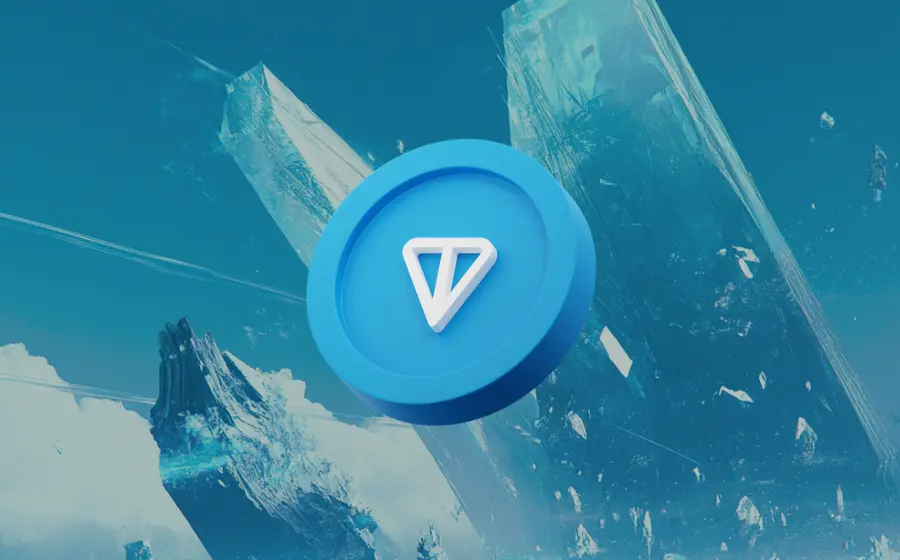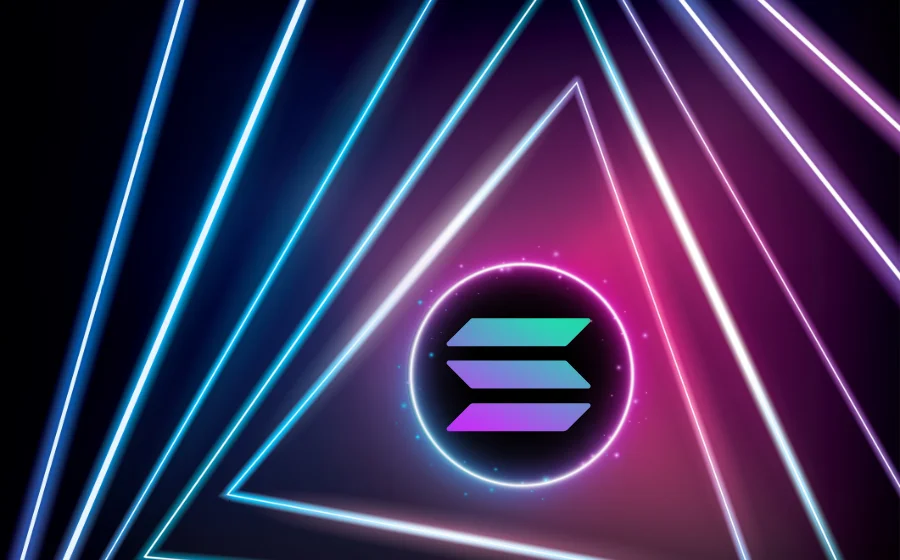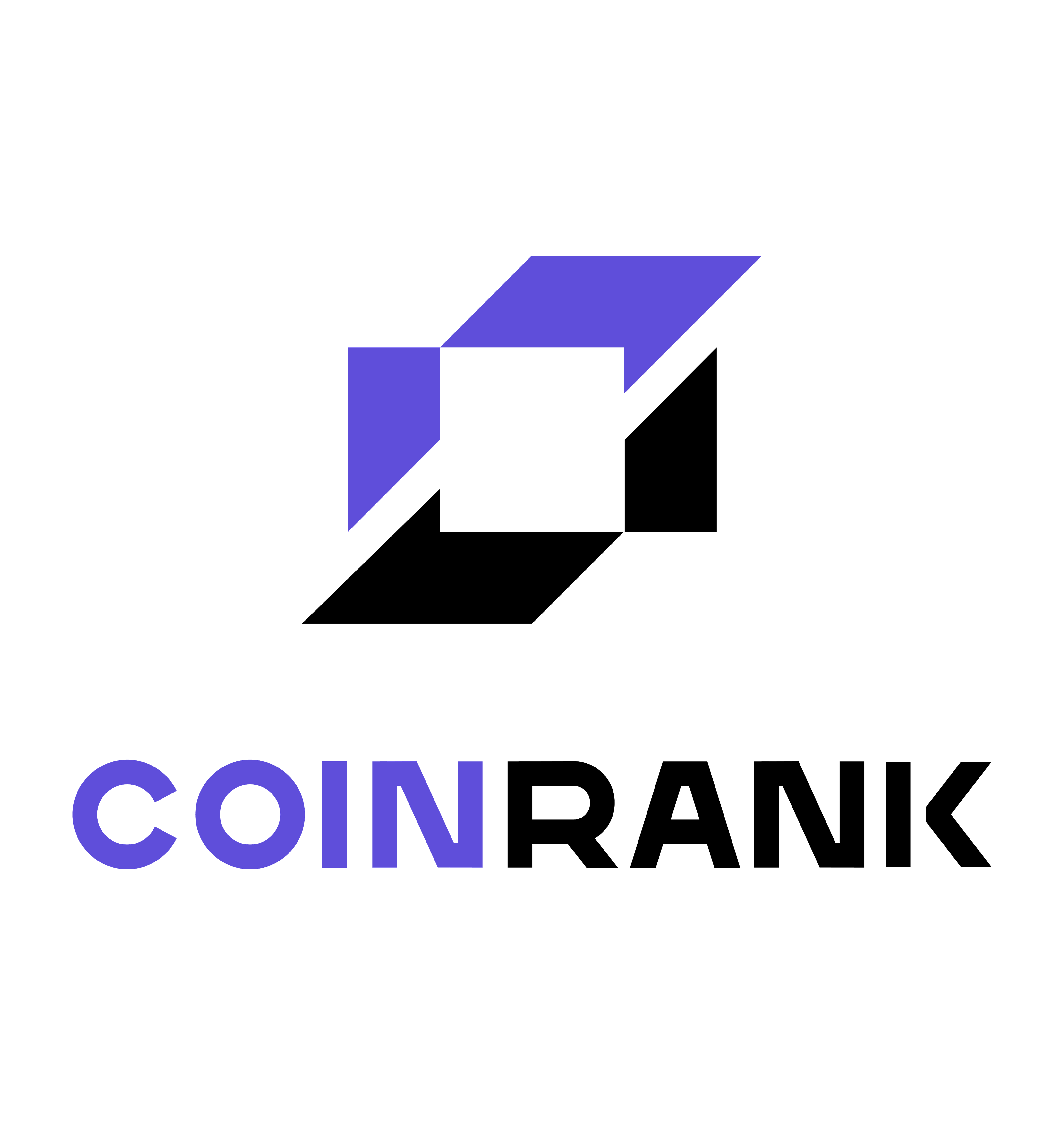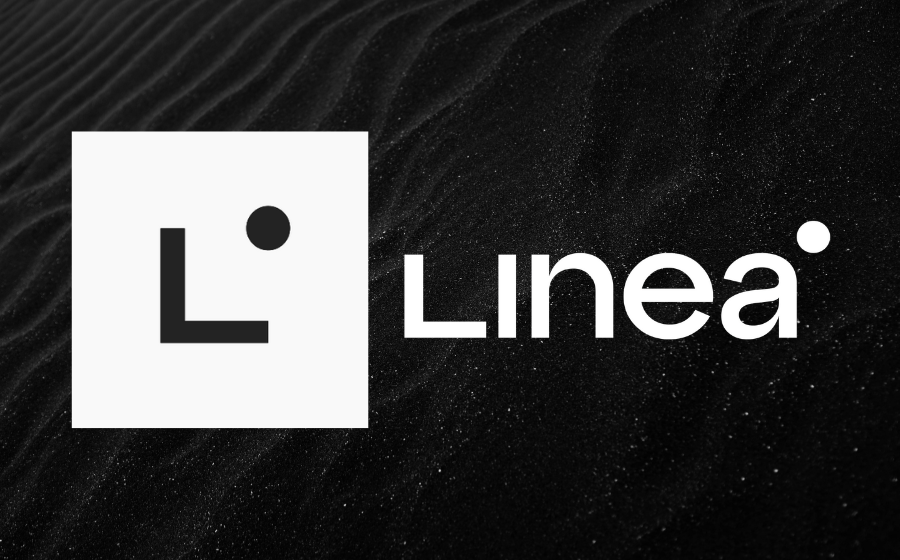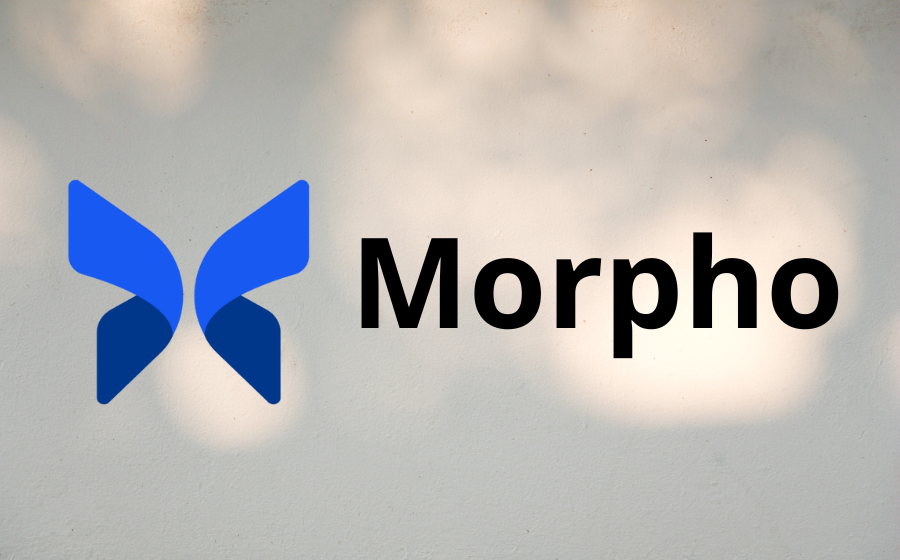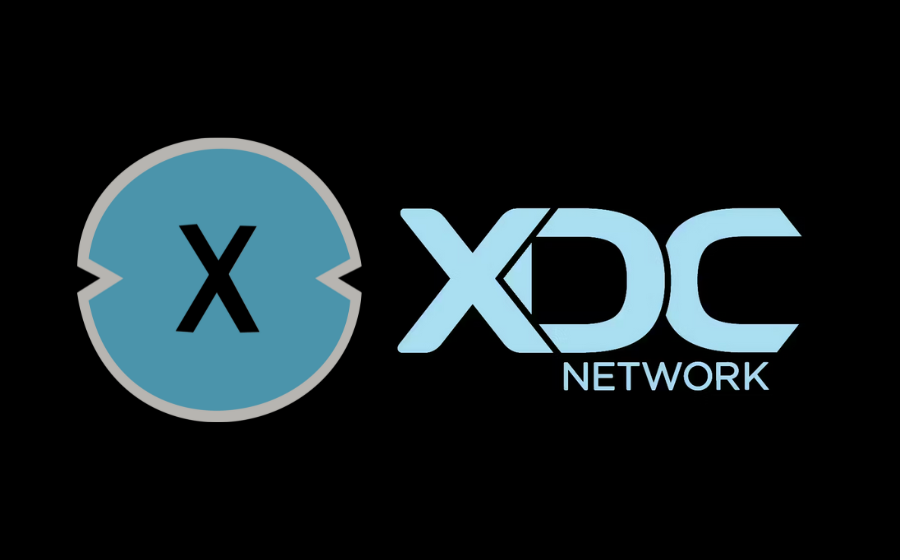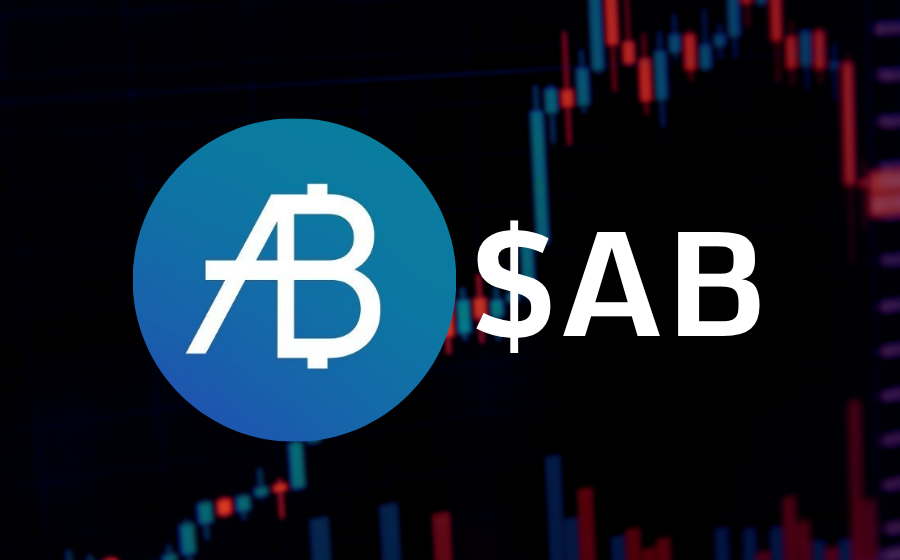
KEYTAKEAWAYS
- AB introduces a high-performance, interoperable architecture featuring AB Core, AB IoT, and dedicated sidechains for scalable real-world blockchain integration.
- The AB token fuels the entire ecosystem—powering transactions, governance, staking, and rewarding user participation in a decentralized network model.
- With early adoption in RWA tokenization and cross-chain capabilities like AB Connect and UTP, AB positions itself as a leader in the multi-chain Web3 economy.

CONTENT
AB is a next-gen blockchain connecting digital economies and real-world assets through AB Core, cross-chain protocols, and tokenized RWA applications.
WHAT IS AB?
Formerly known as Newton, AB is a heterogeneous and interoperable blockchain network dedicated to bridging digital economies with real-world assets (RWA). Following its rebranding, AB not only retains its original mission but also introduces a more advanced architecture to meet the evolving demands of the Web3 era.
AB Charity Foundation officially launches! 🌍
Together with @ABCharityFund, we’re pioneering a new model for global philanthropy, combining institutional trust and blockchain tech for the public good. Through transparent governance, we’re reshaping the future of sustainable… https://t.co/VmLhpW6CqQ
— AB DAO (@ABDAO_Global) April 10, 2025
📌 At the Core of AB DAO: The AB Core Public Chain
The heart of the AB ecosystem lies in its independently developed public blockchain, AB Core. This foundational chain integrates multiple innovative components to support a highly versatile infrastructure:
- AB IoT (formerly AB Mainnet)
Serving as the primary chain within the AB ecosystem, AB IoT expands beyond traditional smart contract execution and fast transaction processing. It now focuses heavily on IoT data integration and real-world asset interoperability, unlocking broader possibilities for blockchain-powered real-world applications.
- AB Sidechains
To address mainnet congestion and enhance scalability, AB has developed multiple purpose-built sidechains tailored to the unique needs of different industries. These sidechains allow the network to process a high volume of transactions efficiently, laying the groundwork for future large-scale adoption.
- Cross-Chain Interoperability
AB is designed to facilitate seamless communication between different blockchains. This cross-chain capability ensures smooth asset transfers and improved collaboration across networks—an essential feature for building a more connected blockchain ecosystem.
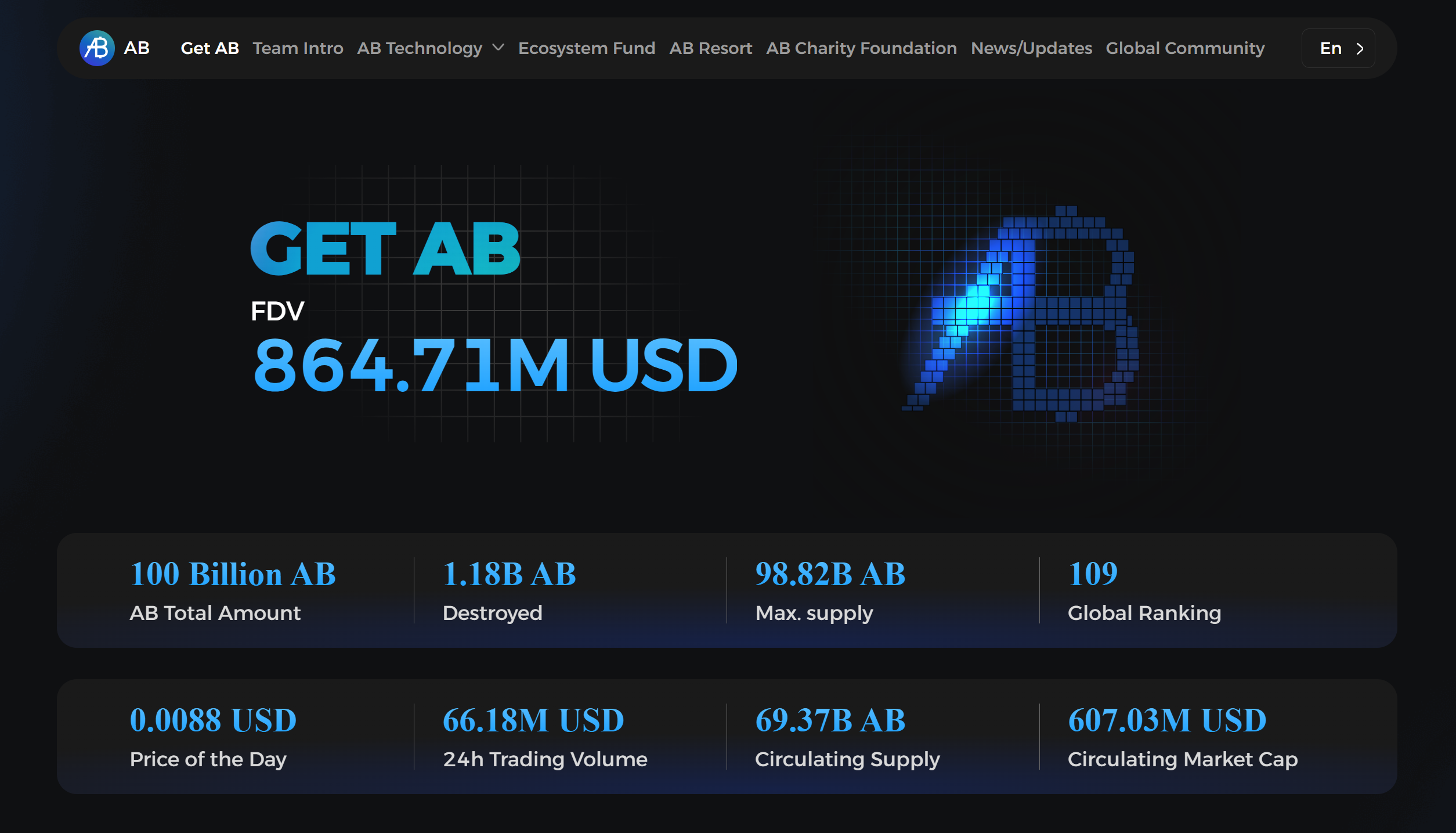
📌 Real World Asset Tokenization: A Standout Feature
One of AB’s most significant innovations is the tokenization of real-world assets (RWA). Through the AB blockchain, physical assets can be represented as on-chain tokens and traded securely via smart contracts. This opens up new possibilities for liquidity, transparency, and access in traditionally illiquid asset classes.
>>> More to read: Real-world Assets (RWA): Bridging Traditional And Defi Markets
HOW DOES AB WORK?
The operational architecture of AB marks a major leap forward from its predecessor, Newton, while staying true to its vision of a community-driven blockchain economy. Designed with scalability, interoperability, and real-world adoption in mind, AB is built around three key components:
✅ AB Core: The High-Performance Backbone
At the heart of AB lies its public blockchain, AB Core. Built on a high-throughput architecture with block times measured in seconds, AB Core is optimized for real-world use cases and offers ultra-low transaction fees.
One of its standout features is the Hyper Exchange Protocol—a technical layer designed to empower commercial DApps with real utility. This protocol supports a wide range of applications, including:
- Supply chain management
- Digital and credit-based identity verification
- Blockchain-based payment solutions
- Decentralized fundraising tools
An early example of this technology in action is New Mall, a blockchain-powered e-commerce platform that showcases AB‘s ability to merge blockchain infrastructure with consumer-facing applications.
To further enhance scalability and efficiency, AB has introduced dedicated sidechains. These sidechains work in parallel with AB Core, allowing the network to handle specific tasks and workloads more effectively. Additionally, by tokenizing real-world assets (RWA) into blockchain-native tokens, AB enhances the utility of the Hyper Exchange Protocol, enabling faster and more accessible asset trading.
✅ AB Connect: Making AB Truly Cross-Chain
AB Connect serves as the bridge between AB Core, its specialized sidechains, and major public chains—turning the AB token into a genuinely cross-chain asset.
Natively compatible with EVM chains and integrated with the BSC testnet, AB Connect facilitates seamless asset flows between AB IoT, AB Core, and BSC. This connectivity significantly boosts both network activity and liquidity across the ecosystem.
As Ethereum co-founder Vitalik Buterin once noted, “The future of blockchain will be multi-chain, and cross-chain technology is the key to connecting these islands.” AB‘s push into cross-chain interoperability is fully aligned with this forward-looking vision.
✅ Universal Transfer Protocol (UTP)
To simplify the movement of assets within the AB ecosystem, the Universal Transfer Protocol (UTP) was developed. UTP is a standardized protocol designed to streamline on-chain transfers, reduce user complexity, and enhance both accessibility and liquidity.
With UTP, users can manage their assets across various components of the AB network more efficiently—making the ecosystem more intuitive, more connected, and more inclusive.
>>> More to read: What is PUMP? Pump.fun Token Explained
WHAT IS THE UTILITY OF $AB?
The $AB lies at the heart of the AB blockchain ecosystem, serving as the fuel that powers the network’s operations. As a utility token, AB is essential for executing transactions, deploying smart contracts, and maintaining the seamless functionality of decentralized applications (dApps) within the AB infrastructure.
🔍 Key Use Cases of the AB Token:
➤ Network and Transaction Fees
$AB is used to pay gas fees across the AB DAO network. Whether processing a simple transfer or interacting with complex smart contracts, all network activity consumes $AB—meaning that higher transaction volumes directly drive token demand.
➤ DAO Governance Participation
$AB holders play an active role in decentralized governance. By voting on proposals related to protocol upgrades, funding allocations, and ecosystem development, users help shape the future of AB through true on-chain decision-making.
➤ Incentives and Rewards
To encourage network participation and long-term ecosystem growth, $AB are used to reward users, developers, and contributors. These incentive mechanisms help drive sustained engagement across the platform.
➤ Staking for Yield
Users can stake their $AB to earn rewards, supporting network security while unlocking additional income opportunities—creating a win-win system for both users and the ecosystem.
🪙 $AB Tokenomics
The total supply of $AB is capped at 10 billion tokens. Distribution is carefully structured to support sustainable growth, ecosystem incentives, and long-term development:
-
40% – Community and Ecosystem Fund
Designed to fund ecosystem initiatives and reward developers, users, and contributors who add value to the network.
-
20% – Team and Early Contributors
Allocated to the core team and early supporters, ensuring long-term alignment and commitment to the project’s success.
-
15% – Strategic Investors and Partners
Reserved for institutional backers and collaborators to support business expansion and strengthen strategic alliances.
-
15% – Foundation and Long-Term Development Fund
Dedicated to R&D, protocol upgrades, and the sustainable evolution of the AB ecosystem.
-
10% – Marketing and Operations
Used for outreach, brand growth, and ongoing operational expenses to maintain community engagement and platform visibility.
>>> More to read: What is Cosmos (ATOM)?
AB FUTURE OUTLOOK
The future of AB looks increasingly promising.
As the digitization of traditional assets accelerates, AB holds a strong first-mover advantage in the real-world asset (RWA) space. Its early focus on bridging physical and digital economies could position it as a leader in this growing sector.
Key technologies such as AB Connect and the Universal Transfer Protocol (UTP) are designed to empower AB to operate more efficiently across a multi-chain environment—an essential capability as blockchain ecosystems continue to diversify. These innovations strengthen AB’s role as an interoperable infrastructure player.
The AB DAO model also plays a critical role in fostering a resilient, community-driven ecosystem. By empowering token holders to participate in governance, AB enhances both decentralization and long-term user engagement.
📜 Challenges on the Road Ahead
Despite its potential, AB still faces important hurdles.
The RWA and cross-chain sectors are becoming increasingly competitive, with numerous players racing to capture market share. For AB to maintain its lead, continuous innovation will be essential—both at the protocol and ecosystem level.
Additionally, the regulatory landscape for cryptocurrencies remains uncertain. Shifting global policies—particularly those concerning asset tokenization and cross-chain transactions—could impact AB’s growth trajectory and influence adoption in key regions.

